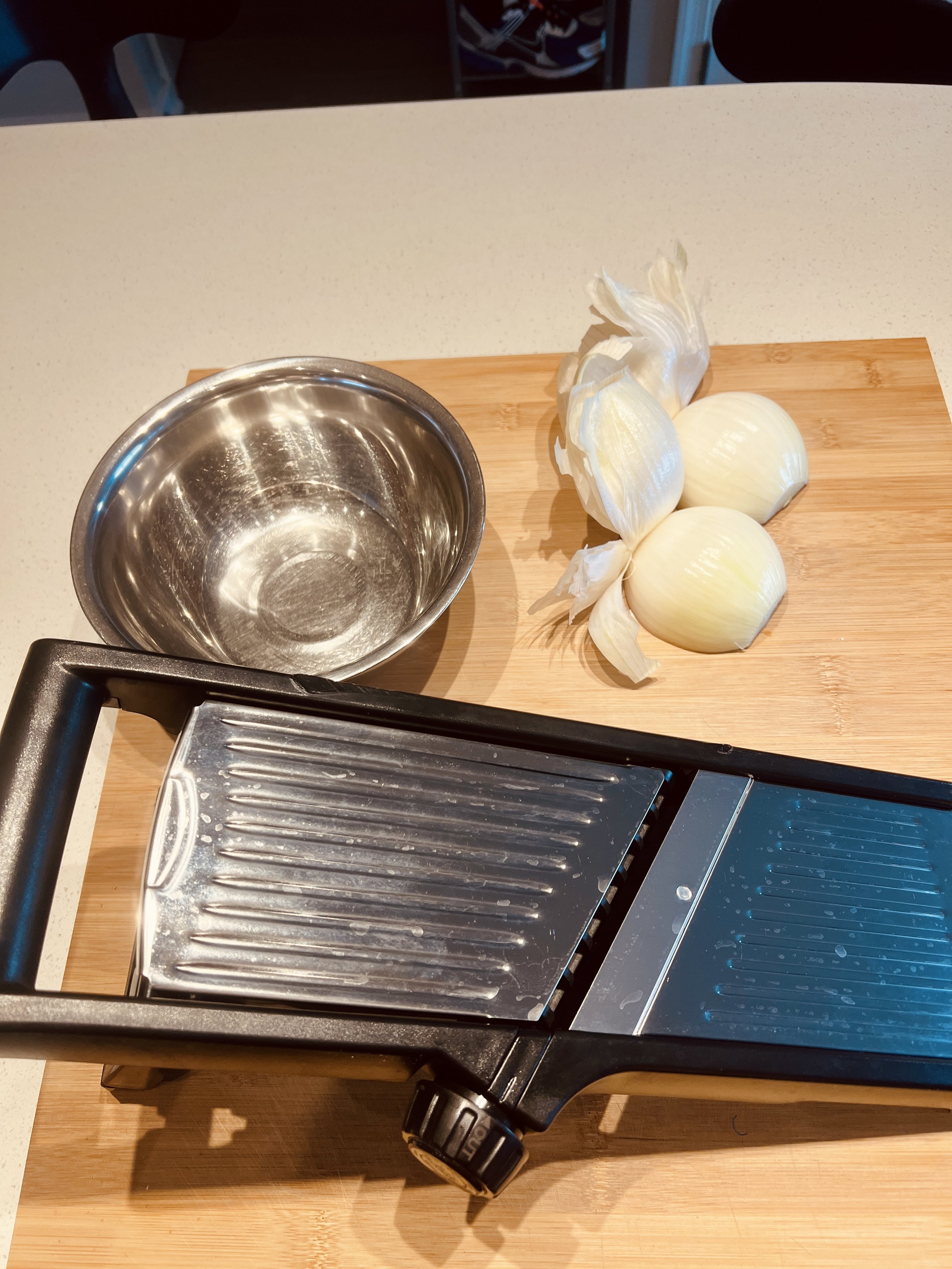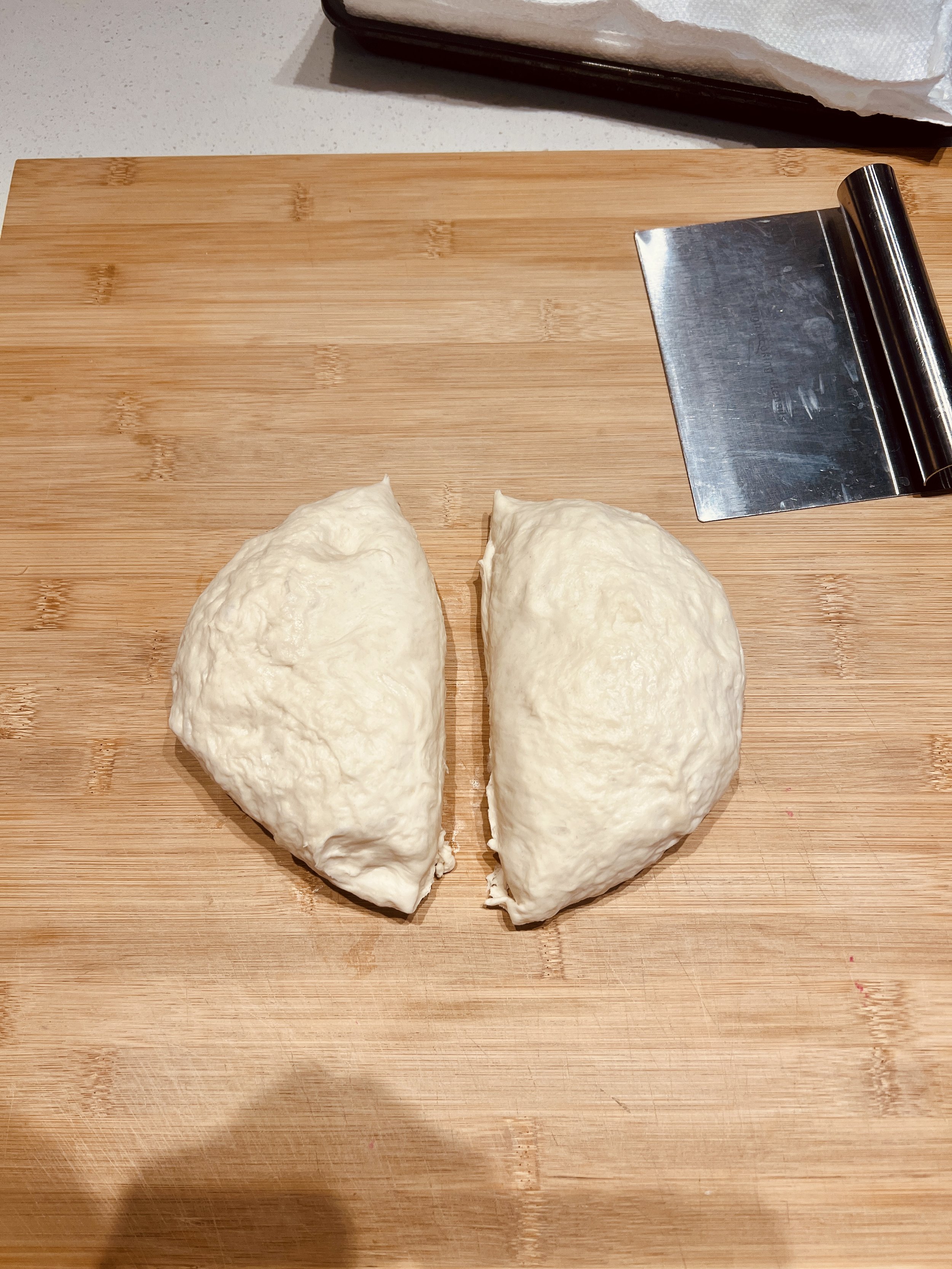Jammed Drawer
Have you ever had a jammed drawer? It’s truly one of the most annoying household inconveniences. The jam causes protrusions. The jam causes items to break. The jam disrupts the flow of cooking. In its very essence, the jam symbolizes a stoppage of fluidity, and it’s our fault.
We cram these items into a tight space hoping they’ll fit correctly. We don’t bother to check the size of the items in relation to the drawer; no, we shove them inside one by one hoping and praying the drawer maintains its simple usage. These items get forgotten as we find new drawers to fill with utensils and the like. We ignore this drawer because it suddenly unleashes a flurry of anger or grief. It’s not the drawer’s fault that it’s jammed with useful tools. Its purpose is to hold them. A drawer, in theory, will hold items forever unless it is broken or opened. When a drawer is broken, it’s no longer as valuable. The items within the broken drawer are taken out and put into a new drawer. We hope the new drawer doesn’t jam, but it’s already too full. It will, too, jam and break up the items and itself eventually. Inevitably we run out of new drawers to hold our small or large trinkets, and we have to find a new place to hide belongings. A corner? Under the bed? In a closet? We search and search for a space to carefully hold these specific objects. And once again, the drawer is ignored. Dust starts to cover the drawer as the sunrises and falls—as you rise and fall, also. Suddenly you have no spare room for any of your various tools, items, trinkets, pieces, objects or belongings. You’re cramped in this filled landscape you call a safe space. You finally have to address everything you’ve stored.
You can look at compartmentalization like a jammed drawer. Your mind, body and spirit is filled to the brim with embarrassment of your past transgressions. The jammed drawer is to help you defend yourself. You don’t ever have to open the drawer, and in fact, it’s lodged shut because you’ve consciously or subconsciously allowed it to be. It’s easy to neglect or even forget about those mistakes or memories you buried into that drawer. Sometimes you continue to fill neighboring drawers instead of addressing the first jammed one; and, on the rare occasion, you start to fill spaces around these drawers. People, like friends or family, forget to ask about the jammed drawer because it’s easier for them to try a new drawer as well.
But, one day, you remember what’s in that drawer. You open it, and you face your own hypocrisy. You lean into the drawer looking for something very specific. It’s so specific that it’ll scream when you find it. The bad breakup? No. The way you yelled at a loved one? No. The friend you deceived? No. You start tossing things out of the drawer left and right to find that one particular thing because you want it so badly. You need it so badly. As tools and belongings begin to clatter against the countertop and floor, you finally notice this small but shimmering device. It’s at the very back of this long, empty drawer. It’s forgiveness. Forgive yourself.
Fugazzeta (Stuffed Argentinian-Style Pizza)
ingredients
dough:
2 3/4c bread flour
1/4c whole milk
3/4-1c water
1 packet of active dry yeast
1T of sugar
1T olive oil (and some for later)
1T kosher salt
toppings:
1 medium onion, white OR sweet, thinly sliced w/ 1T of kosher salt
2c mozzarella cheese, shredded
1 pack of mozzarella cheese slices
2t dried oregano
1/4c parmigiano reggiano, grated
Optional: sliced or whole black olives, pitted
Helpful items:
12-inch cast iron skillet
stand mixer with dough hook
small/medium/large bowls
wooden spoon
measuring cups
food thermometer
plastic wrap
rolling pin
paper towels
recipe (dough):
In the microwave, heat milk in measuring cup for 15 second increments until the temp reaches 100 to 105F. Pour milk mixture into bowl (or you can use the measuring cup).
Add sugar to heated milk. Stir. Add yeast to heated milk. Stir vigorously. Set aside for 5 to 10 minutes or until yeast has bubbled (see below).
Note: If the mixture doesn’t smell yeasty or bubbles, start over or you’ll be wasting precious bread flour!
In the stand mixer, add flour, salt and olive oil. Stir. Add yeast mixture and begin kneading on the lowest level. Add water in small increments while scraping down the sides with a wooden spoon. Knead for 7-15 minutes or until dough comes together. Take out a knead the dough into a round ball. Place dough into a well-oiled bowl, cover with plastic wrap and set in a cool area to rise for 1 hour where it should double in size.
Note: If the dough mixture is too wet, add a little flour. If the dough mixture is too dry, add a bit more water.
recipe (toppings):
Add sliced onions into bowl and pour in cold water until the onions are barely covered. Add salt to the bowl and gently stir. Set aside for 30 minutes. After the onions have soaked, remove them from the bowl and carefully dry with paper towels.
recipe (assembly):
Pre-heat oven to 450F.
Uncover dough bowl and punch down the dough. Divide dough into two equal pieces, add a little olive oil to hands and roll each into a smooth ball.
(Dough Ball 1) Pour 2 tablespoons of olive oil into 12-inch cast iron skillet. Using your oiled hands, place one ball of dough into the middle of the cast iron skillet and gently stretch/flatten the dough with your fingers. Let the dough rest for a few minutes in-between stretching until the dough reaches all sides of the skillet. It should cover the entire bottom of the skillet (see below).
(Dough Ball 2) Oil the counter or large cutting board and use a rolling pin to stretch out the other piece of dough into a 12-inch circle. Let the dough rest for a few minutes in-between stretching until the desired shape/size has been reached. Please be patient!
Note: It is totally okay for olive oil to get on the dough. In fact, it may taste a bit better because of it.
After stretching dough ball 1 inside the skillet, cover the dough with slices of mozzarella and shredded mozzarella. Place dough ball 2 over the cheese and seal the edges gently around. Top the pizza with sliced onions, dried oregano and the parmigiano reggiano. Drizzle the toppings with olive oil and place into oven for 25 minutes or until the edges are browning. Brown the top with the broiler for 3 minutes afterwards.
Carefully take the cast iron skillet out the oven and let it rest for 10 minutes (do not touch it!). Cut out a slice and top with black olives if you’d like. Enjoy!































